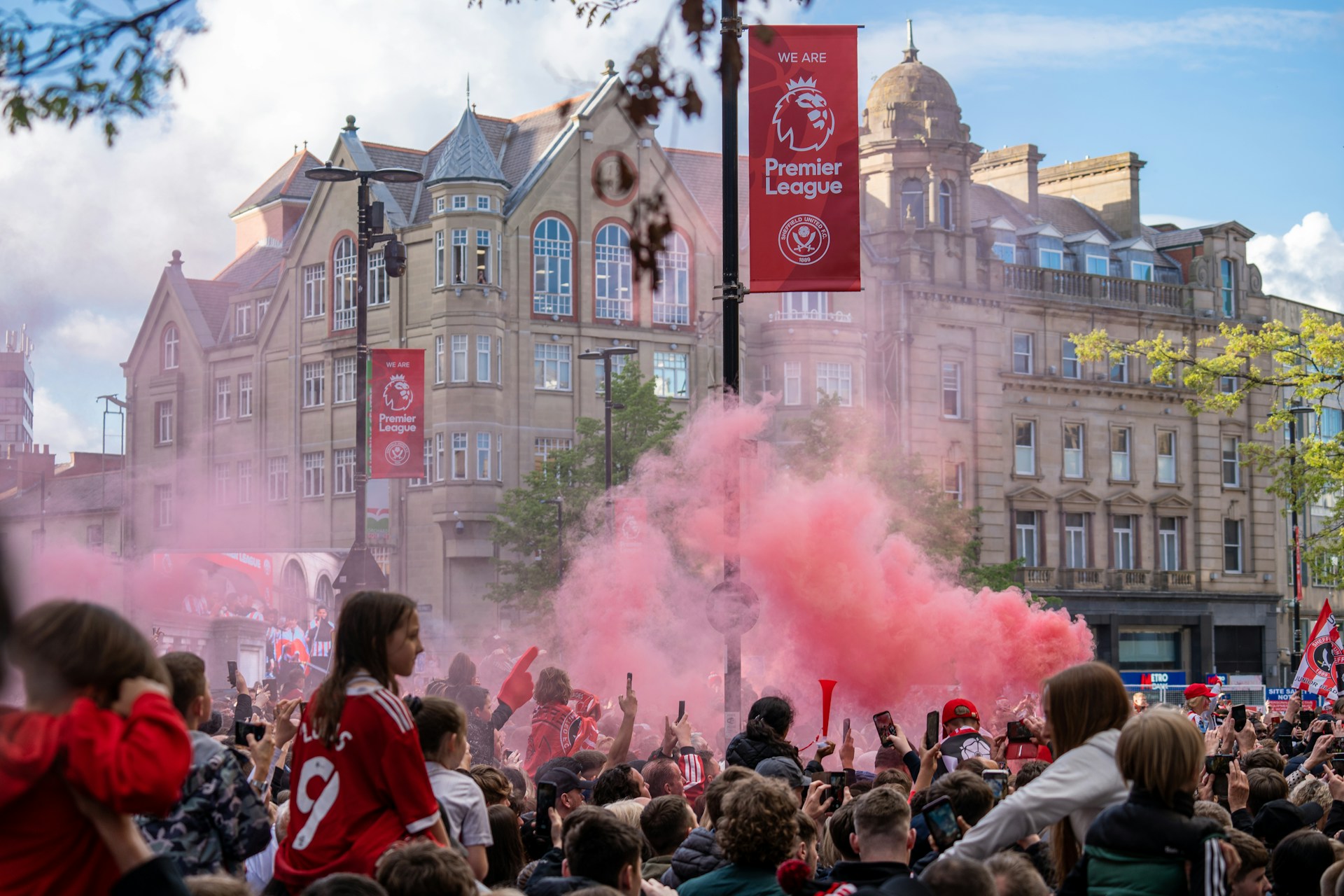Introduction
Football is never just football in Europe. Rivalries aren’t about points on the table—they’re about centuries of politics, neighborhoods divided by religion, cities defined by class, and countries wrestling with identity.
Step into Camp Nou for El Clásico, and you don’t just hear chants—you hear Catalonia demanding recognition from Spain. Walk into the San Siro for the Milan derby, and you don’t just see red and blue—you see two visions of a city’s soul colliding. Rivalries are the heartbeat of European football. They tell stories far beyond the ninety minutes on the pitch.
Spain: El Clásico — Real Madrid vs. Barcelona
No rivalry is as political, cultural, and symbolic as Spain’s El Clásico.
Real Madrid has long been seen as the club of power, historically tied to Franco’s dictatorship and the central Spanish state. Barcelona, by contrast, embodies Catalan pride and resistance, its motto “Més que un club” (“More than a club”) symbolizing the fight for cultural identity.
When the two clash, it is more than sport—it is the stage for Spain’s deepest cultural battles. A Barcelona win is celebrated as more than points—it is defiance. A Real Madrid win feels like a reassertion of central authority. The rivalry became a global spectacle with Messi and Ronaldo, but its roots run far deeper than goals.
Italy: Derby della Madonnina — AC Milan vs. Inter Milan
Milan’s San Siro stadium is shared by two giants—but divided by culture.
AC Milan was historically the club of the working class, tied to the left-wing and blue-collar neighborhoods. Inter Milan, born as a breakaway, attracted the bourgeoisie, the wealthy, and more cosmopolitan elites.
The Derby della Madonnina is about Milan’s identity: gritty versus glamorous, working class versus ruling class. Today, the lines blur, but the passion doesn’t. Every derby lights the San Siro like a furnace, reminding fans that Milan isn’t one city—it’s two hearts beating against each other.
Scotland: The Old Firm — Celtic vs. Rangers
Nowhere in Europe is a rivalry more infused with religion, politics, and history than Glasgow’s Old Firm derby.
Celtic represents the Catholic, Irish-immigrant community, while Rangers embody Protestant, Unionist traditions. Matches are tense, ferocious, and often volatile. The rivalry extends into pubs, politics, and even family divisions.
For many, supporting Celtic or Rangers is about more than football—it is an identity passed down through generations. In Glasgow, your club says who you are before you even speak.
Turkey: The Intercontinental Derby — Galatasaray vs. Fenerbahçe
Istanbul straddles Europe and Asia, and so does its fiercest football rivalry.
Galatasaray, born in an elite school, represents Europe-facing modernism. Fenerbahçe, rooted in Kadıköy on the Asian side, represents working-class pride and populism. When they meet, the Bosphorus itself seems to shake.
This isn’t just a football rivalry—it’s a cultural map of Istanbul, where identity, geography, and pride ignite in ninety minutes.
England: Beyond Local Derbies
England has dozens of iconic rivalries, but one stands out globally: Manchester United vs. Liverpool.
It’s more than football—it’s two cities with historic industrial rivalries, economic competition, and cultural differences. Liverpool, a port city tied to global trade. Manchester, a factory powerhouse. When their clubs meet, the weight of history sits on every tackle.
The chants carry bitterness, pride, and history. For fans, beating the other matters more than titles. It’s a reminder that football in England is stitched into class, geography, and pride.
Why Rivalries Matter
Rivalries give football its texture. They transform matches into sagas, stadiums into theatres, fans into actors in cultural dramas that span generations.
They also reveal something deeper: how sport carries history. Football rivalries are never just about the pitch—they are about who we are, where we come from, and what we fight to preserve.
Living the Rivalries
You don’t need to be in Barcelona or Glasgow to feel it. Rivalries travel. They are lived in pubs in New York, cafes in Nairobi, and living rooms in Mumbai. Fans thousands of miles away pick sides, adopt chants, and argue as if they were born in the shadow of the stadium.
This is the power of football culture: it transcends borders, yet carries the essence of place.
Bottom Line
European football rivalries are the lifeblood of the game. They remind us that sport is never just about goals—it is about class, politics, history, and belonging. To watch El Clásico, the Old Firm, or the Milan derby is to witness culture in its rawest, most passionate form.
Football entertains, yes. But in Europe, rivalries ensure it always means something more.

